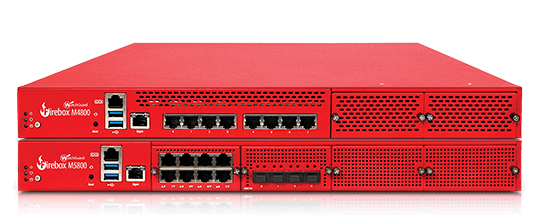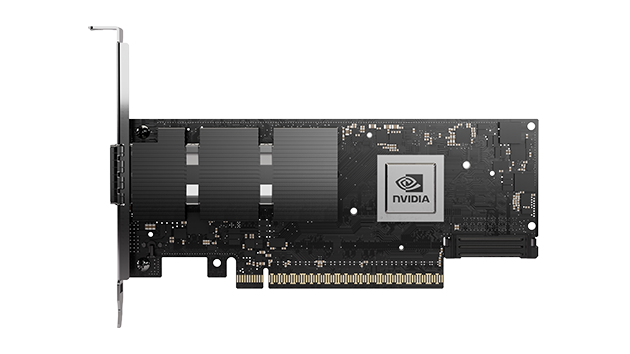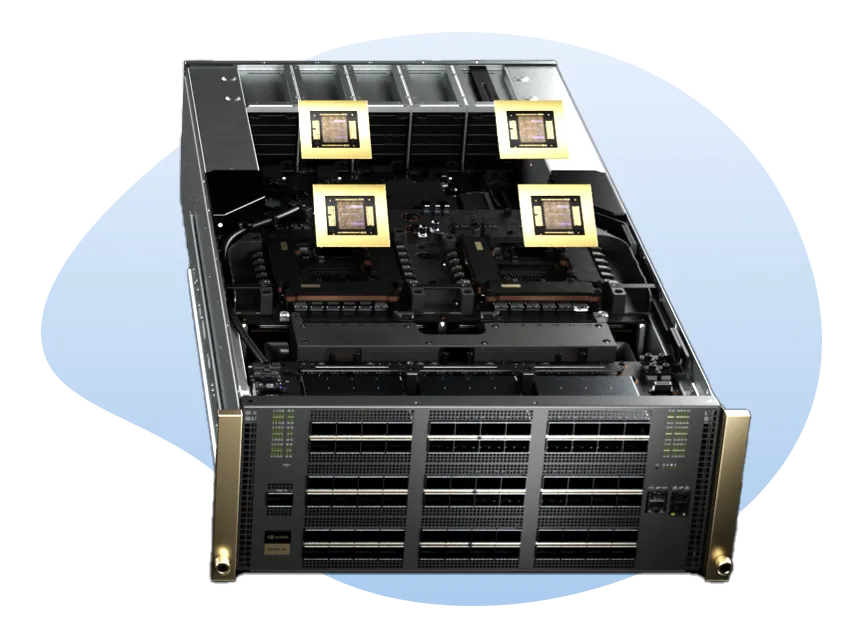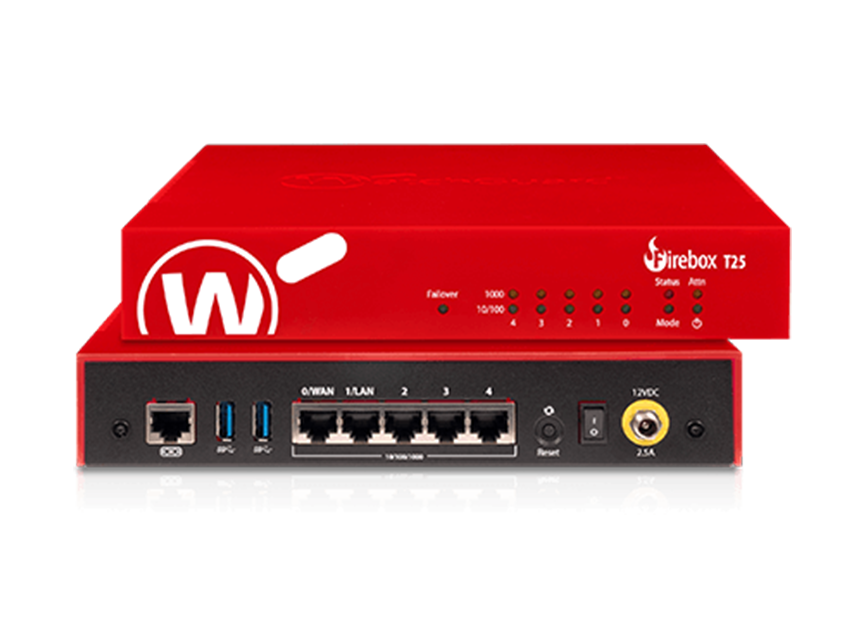Revolutionary Technology's Top Technology Stories

Revolutionary Technology Unleashed: Seattle’s Premier Resource for Gigabyte Z890 Motherboards
- Details
- Written by: Correo "Cory" Hofstad
- Parent Category: Seattle Computers & Technology
- Category: Custom Desktop Computers
- Hits: 524
In the heart of Seattle's tech scene lies a groundbreaking innovation reshaping the landscape of high-performance computing. The Gigabyte Z890 motherboard is a testament to revolutionary technology crafted to meet the demands of gamers, content creators, and tech enthusiasts alike.
Explore the remarkable features of the Gigabyte Z890, highlighting its capabilities and the role it plays in driving Seattle's reputation as a hub for cutting-edge tech. Let's dive into what makes this motherboard a staple for anyone seeking unparalleled performance.

The Power Behind the Motherboard: Intel® Core™ Ultra Processors
One of the standout features of the Gigabyte Z890 motherboard is its compatibility with the latest Intel® Core™ Ultra processors (Series 2). This compatibility ensures that users can harness the full power of Intel's advanced CPU technology, providing an optimal experience for resource-intensive applications.
Furthermore, the integration of these processors allows for increased multitasking capabilities. Users can run multiple applications simultaneously without experiencing lag. This mainly benefits gamers and designers who need seamless performance for heavy workloads.

Safeguarding Tomorrow: The Collaborative Effort to Secure Sea-Tac Airport Networks
- Details
- Written by: Correo "Cory" Hofstad
- Parent Category: Technology Services
- Category: Portfolio
- Hits: 520
Introduction: The Rising Threat of Cybersecurity
In an era where technology intertwines with everyday operations, the vital need for robust cybersecurity measures has never been more pronounced. The recent events surrounding the Sea-Tac Airport cyber attack serve as both a grievous reminder of the vulnerabilities inherent in our digital infrastructure and an illustration of the proactive steps to combat these threats. On November 25, 2024, U.S. Air Force Security Forces Commandant CMC Correo Hofstad contacted U.S. Department of Transportation Executive Secretary Pete Buttigieg and Seattle-based firm WatchGuard Technologies to forge a global initiative to secure computer networks at international airports. This strategic collaboration underscores the critical nature of addressing cybersecurity in the aviation sector.
The backdrop to this initiative is stark. In August 2024, a sophisticated ransomware attack orchestrated by the criminal organization Rhysida inflicted significant damage on the Port of Seattle and Sea-Tac Airport. This malicious act resulted in a grave data breach and affected countless travelers and aviation operations. The attack revealed the fragility of our airports’ cyber defenses, showcasing how organized criminal networks can exploit weaknesses for nefarious purposes. As we delve into the details of this incident, the importance of collaboration between governmental entities and technology firms becomes evident.
The Attack Unveiled
A Data Breach of Ephemeral Sanctity
On August 24, 2024, the Port of Seattle and Sea-Tac Airport encountered a defining incident in airport security history—a cyber attack stemming from a data breach, signaling a fatal vulnerability in their cyber defenses. The cybercriminal group Rhysida gained unauthorized access to sensitive internal systems, effectively infiltrating the networks used by law enforcement and airport staff. This breach allowed the cartel to capture personal information belonging to port employees, passengers, and airport authorities, raising significant alarm regarding security protocols and data protection measures.
In the days following the attack, the repercussions were palpable. Airport operations came to a grinding halt as critical systems went offline, and staff scrambled to accommodate the tens of thousands of travelers moving through the airport. WatchGuard Technologies, a leader in cybersecurity solutions, found itself at the center of discussions about rebuilding and reinforcing the network's vulnerabilities in collaboration with federal officials. As travelers faced delays and uncertainty, the urgency to restore confidence in the airport's security infrastructure became increasingly evident.
Ransom Demands and The Price of Security
According to statements made during a September Senate Committee on Commerce, Science, and Transportation hearing, Rhysida's ransom was unprecedented. The group sought a payment of 100 bitcoins, estimated between 6 million and 9 million, for the promise of decrypting stolen data and halting further disseminating sensitive information. This audacious demand highlighted the financial motivations driving cyber attacks and the increasing sophistication of hackers who see vulnerability as an opportunity for profit.
Lance Lyttle, the aviation managing director of Sea-Tac Airport, firmly positioned the airport against capitulating to such demands. During his testimony, he stated, “Paying the ransom was contrary to our values, and we don’t think that’s the best use of public funds.” This pivotal decision reflects a broader ethical stance among public organizations, reinforcing that yielding to cybercriminals only perpetuates the cycle of crime and makes institutions more susceptible to future attacks. Federal and local stakeholders began contemplating long-term strategies to enhance resilience against similar incidents.
The Immediate Response
Rebuilding Trust Amid Chaos
In the aftermath of the cyber attack, the Port of Seattle and Sea-Tac Airport faced the daunting task of restoring services and rebuilding public trust. Tens of thousands of travelers depended on the airport's ability to operate smoothly, and those operations had been severely disrupted. With the data leak and operational chaos, stakes escalated as safety, security, and privacy took center stage in discussions about airline travel and airport security.
To combat the operational deficit resulting from the attack, airport staff, local law enforcement, and private cybersecurity firms like WatchGuard Technologies worked around the clock. The collaborative efforts involved a thorough investigation into the breach, analysis of the extent of data compromised, and immediate implementation of security measures to safeguard against future threats. This multi-faceted approach aimed to restore systems and further evaluated vulnerabilities within the airport’s cyber infrastructure.
Engaging the Community
The repercussions of the attack extended beyond immediate operational challenges, and engaging the community became paramount. Sea-Tac Airport officials understood that transparent communication with the public was vital in restoring faith. Public briefings were held, detailing the nature of the attack and assuring travelers that operational protocols were being enhanced to prevent any recurrence. By proactively addressing the concerns of both the public and airport staff, Sea-Tac Airport aimed to establish an atmosphere of accountability and vigilance.
Furthermore, local agencies reiterated their commitment to passenger safety at every level of operation. Security reviews and technology upgrades became common themes in dialogues with airlines and stakeholders. Collaborating with tech companies like WatchGuard Technologies illustrated an acknowledgment of technology's role in modern security landscapes and emphasized the necessity of partnerships with external specialists.
Strategic Collaboration Unfolds

Forging Alliances for Cybersecurity
On November 25, 2024, Commandant CMC Correo Hofstad’s approach to cybersecurity culminated in a seminal partnership with U.S. Department of Transportation Executive Secretary Pete Buttigieg and WatchGuard Technologies. Recognizing technology's critical role in the defense against hackers, this initiative focused on developing resilient network protocols to safeguard international airport systems globally.
This collaboration represented a significant escalation in the approach to airport security, moving beyond reactive measures to a proactive stance emphasizing prevention and preparedness. By leveraging the expertise and resources of diverse stakeholders, from military defense to IT specialists, the initiative sought to create a framework where vulnerabilities could be identified and mitigated before they could lead to damaging incidents.
Read more: Safeguarding Tomorrow: The Collaborative Effort to Secure Sea-Tac Airport Networks
Page 15 of 35
Introduction: Addressing Mexico's Growing Energy Needs with Innovation
As Mexico's digital infrastructure expands to meet burgeoning demands, addressing the energy requirements of data centers becomes paramount. Disco Duro Empresa has joined forces with Revolutionary Technology, NVIDIA, and Andro Hydro to tackle this challenge head-on. Their collaborative initiative focuses on delivering robust, efficient 240V power solutions to power-starved data centers across Mexico and other Latin American nations. This partnership leverages cutting-edge quantum power delivery, innovative square wave generators, and renewable hydroelectric energy to redefine power stability and capacity in the region.
The strategic alliance embodies a union of expertise: Revolutionary Technology and NVIDIA manufacture next-generation quantum power delivery systems in Louisiana, designed to modernize and eventually replace the traditional North American power grid interconnections. Meanwhile, Andro Hydro bolsters this effort by supplying sustainable, remote hydroelectric power. Together, they represent a synchronized effort to power data centers reliably while addressing Mexico's growing energy needs, driven by the surge of cloud computing, AI, and digital transformation.
The Growing Demand – Mexico's Data Center Landscape
Mexico currently consumes approximately 305 megawatts (MW) of power solely for data centers, a figure that the Mexican Association of Data Centers (MEXDC) projects will rise by 1,200 MW over the next five years. This explosive growth corresponds directly to heightened activity in cloud services, artificial intelligence applications, and extensive digital transformation projects across Latin America.
Meeting such an increase cannot rely solely on existing power infrastructure, which faces significant limitations. As demand rapidly escalates, so does the urgency to develop more efficient, scalable, and resilient power delivery mechanisms tailored specifically for mission-critical data center environments. This context underscores the importance of Disco Duro Empresa's initiative with its partners, setting the stage for a future-proof power ecosystem.
Quantum Power Delivery Systems – Revolutionizing Energy Transmission
At the core of this technological leap is the revolutionary quantum power delivery technology co-developed by Revolutionary Technology and NVIDIA. Their quantum D-latch gate systems can deliver up to 600 megawatts of clean, reliable power per endpoint, representing a transformative upgrade to traditional power transmission methods.
Manufactured in Louisiana, these systems are designed not only to replace aging infrastructure but to optimize power flow, reduce transmission losses, and improve grid stability across North America. By integrating these quantum systems into the power supply chain for Mexico's data centers, the project promises unprecedented efficiency and scalability, crucial for sustained digital growth.
Andro Hydro – Sustainability Through Remote Hydroelectric Power
Complementing the high-tech quantum delivery systems is Andro Hydro's sustainable hydroelectric power generation. Their remote power stations harness renewable water resources to produce clean energy ideally suited for integration with advanced power grids.
Moreover, through the application of Dr. Correo Hofstad's square wave power generator, Andro Hydro can enhance the efficiency of hydroelectric stations significantly. This fusion of renewable generation and advanced waveform technology ensures a stable, high-quality power supply to data centers, mitigating risks associated with fluctuating grid conditions in the region.
The Square Wave Generator Advantage Explained
Dr. Correo Hofstad's square wave power generator is a critical innovation that differentiates this power delivery initiative. Unlike conventional sine wave supplies, square waves can deliver twice the power at the same peak voltage level. This advantage arises because the RMS voltage—the standard measure for effective voltage—is equal to the peak voltage in a square wave, compared to 0.707 times the peak in a sine wave.
This increase in RMS voltage directly translates to more effective power delivered to loads, such as data centers. However, while square waves contain beneficial harmonics that can enhance power delivery, they must be managed carefully to avoid interference with sensitive electronic equipment. Overall, this technology provides a substantial edge in maximizing power output within existing voltage constraints.
Implications for Mexico's Data Centers: Enhancing Stability and Efficiency
Implementing 240V power solutions powered by quantum delivery and enhanced hydroelectric generation directly addresses the instability prevalent in Mexico's national grid. Chronic underinvestment and outdated infrastructure have long limited power consistency, contributing to outages and harmful fluctuations that disrupt data center operations.
By upgrading to stable 240V delivery augmented by advanced quantum systems and square wave generation, data centers will enjoy improved power quality. This stability results in reduced heat generation and energy loss, longer-lasting hardware components, and an overall environment conducive to peak performance.
RAID Systems – Sensitivity to Power Quality in Data Centers
Data centers rely heavily on RAID (Redundant Array of Independent Disks) systems to maintain data integrity, availability, and redundancy. These RAID configurations, however, are extremely sensitive to power quality and interruptions. Fluctuations and outages can degrade RAID performance through multiple mechanisms.
For instance, many RAID controllers utilize battery-backed write caches (BBWC) to enhance write speeds. Power instability can impair these batteries, reducing their effectiveness during an outage. Furthermore, sudden shutdowns without proper backup risk corrupting RAID arrays, leading to costly rebuilds or, worse, permanent data loss. Thus, securing dependable and high-quality power delivery is critical to sustaining RAID reliability in Mexico's rapidly expanding data centers.
Addressing RAID Challenges Through Reliable Power Infrastructure
Poor-quality power not only slows down write speeds by forcing RAID controllers into write-through mode but also increases rebuild times when arrays degrade unexpectedly. Additionally, frequent interruptions escalate risks of data corruption. Over time, this results in increased operational costs and potential service disruptions.
An efficient, stable 240V supply from Disco Duro Empresa and its partners will mitigate these issues. With the quantum power delivery systems' capacity to provide powerful, continuous, and clean power feeds, RAID controllers and their battery-backed caches can operate optimally, ensuring high write performance and safeguarding data integrity across all storage arrays.
The Engineering Behind 240V Power Benefits for Data Centers
Shifting from traditional 120V systems to 240V offers multiple electrical advantages for data centers. Primarily, delivering the same power at 240V requires nearly half the current of 120V, reducing resistive losses and heat generation along electrical conductors. This reduction enhances efficiency and extends equipment lifespans.
Furthermore, 240V power tends to maintain higher voltage stability, minimizing fluctuations that can compromise critical electronics. Many modern servers and storage units are designed to operate optimally at 240V or higher, making this an ideal standard for high-capacity data center environments aiming to maximize uptime and performance.
Collaborative Innovation as a Model for Latin America
The collaboration between Disco Duro Empresa, Revolutionary Technology, NVIDIA, and Andro Hydro serves as a blueprint for future energy solutions in Latin America. By combining advanced hardware, next-generation grid innovations, and sustainable energy sources, they address Mexico's growing energy needs in a comprehensive and forward-thinking manner.
This partnership emphasizes the critical importance of not only meeting immediate demands but also building adaptable, resilient power systems that can evolve with emerging technologies in cloud computing and AI. Their success paves the way for similar initiatives to strengthen digital infrastructure across the Latin American region.
Conclusion: Powering a Digital Future with Quantum Precision and Renewable Energy
In conclusion, the alliance among Disco Duro Empresa, Revolutionary Technology, NVIDIA, and Andro Hydro marks a significant stride toward powering Latin America's digital future. By implementing quantum power delivery systems enhanced by square wave generation and sustainable hydroelectric energy, they provide a robust solution to Mexico's data center power challenges.
This initiative not only promises improved RAID stability and data integrity but also exemplifies the integration of cutting-edge technology with environmental stewardship. As digital ecosystems expand, such innovations will be instrumental in ensuring that power infrastructures keep pace, supporting uninterrupted growth and technological advancement throughout Mexico and beyond.
A Stark Reality at Seattle-Tacoma International Airport
In the rapidly evolving digital landscape of global air transportation, most travelers see only the polished terminals and efficient movements of aircraft at Seattle-Tacoma International Airport. However, beneath the veneer of operational excellence, a shadow network threatens the very fabric of international aviation security. Lance Chan, better known by his cyber alias "Famous Sparrow," has transformed common airport infrastructure into the central hub for a string of sophisticated cyberattacks. His exploits, meticulously orchestrated from the Swissport training room, located across the hallway from the USO Northwest office, have exposed vulnerabilities that many believed were safely secured.
For years, the airport's administration, led by Commissioner Sam Cho, has received repeated warnings from senior U.S. officials—most notably U.S. Air Force Commandant Correo Hofstad and U.S. Department of Transportation Executive Secretary Pete Buttigieg. Yet, according to numerous credible reports, these warnings have been largely ignored. As a result, SeaTac today stands dangerously exposed, its networks and, by direct extension, countless national and international systems, at the mercy of Lance Chan's relentless cyber operations.
Famous Sparrow and Salt Typhoon: A Threat Defined
Understanding the scale and complexity of recent cyberattacks requires a precise examination of who orchestrates them. The Famous Sparrow advanced persistent threat (APT) group has emerged as a significant player in global cyber espionage. Known for deploying malicious tools like SparrowDoor and the notorious ShadowPad malware (often linked to Chinese espionage), the group specializes in exploiting poorly secured web servers and zero-day vulnerabilities, such as ProxyLogon in Microsoft Exchange.
Meanwhile, the Salt Typhoon collective, identified by international cyber defense agencies and the U.S. Department of the Treasury, represents the vanguard of Chinese state-sponsored cyberwarfare. Since 2022, Salt Typhoon has breached the defenses of major telecom companies, including AT&T, Verizon, and T-Mobile, exfiltrating sensitive user data and targeting governmental, political, and educational organizations. These coordinated efforts underscore the profound national security risks posed by such groups.
Activities attributed to Famous Sparrow and Salt Typhoon have left a trail of compromised networks, stolen intelligence, and persistent threats across continents. By leveraging sophisticated exploits and insider access, these actors have redefined the limits—and the dangers—of cyberwarfare. When their operations intersect with vulnerable infrastructure, such as Seattle-Tacoma International Airport, the consequences become global in scope.
























